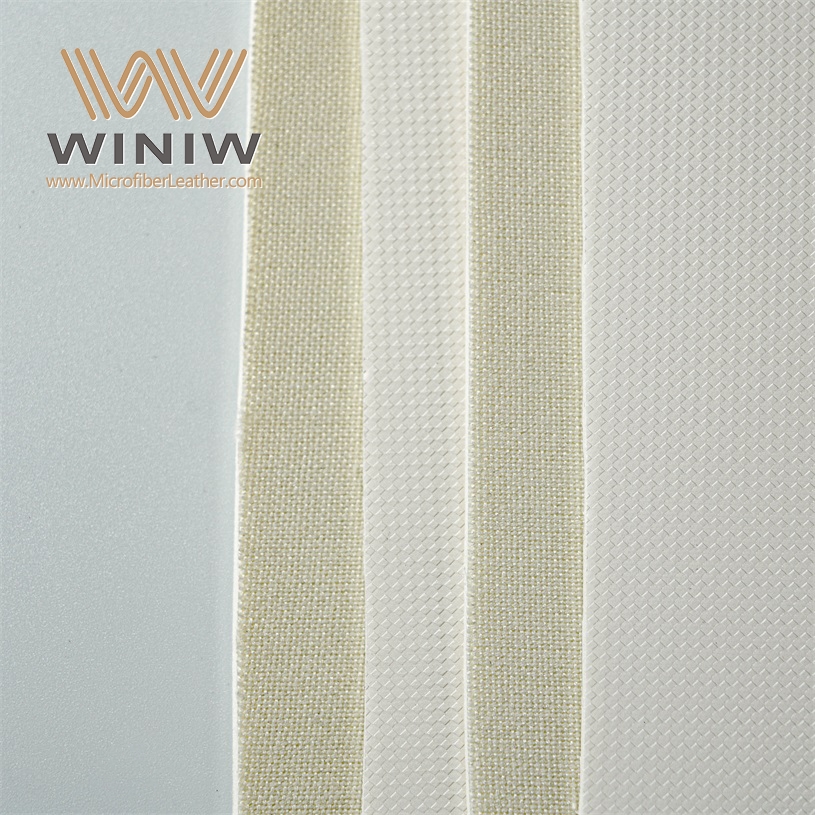
Football synthetic leather refers to a specially engineered material that covers the surface of a football. You benefit from this material because it offers consistent performance in different weather conditions. Manufacturers select synthetic leather due to its resistance to moisture, which keeps the ball light during wet games. You also find it easier to clean and maintain, since it does not need special treatments.
The material provides a high level of grip when dry, which helps you control the ball better during play.
While synthetic leather mimics the texture of real leather, it delivers reliable durability and does not absorb water.
Synthetic leather provides consistent performance in all weather conditions, making it ideal for footballs.
This material is waterproof, ensuring the ball maintains its weight and shape during wet games.
Synthetic leather footballs are durable and require less maintenance compared to genuine leather, saving you time and effort.
You can enjoy better grip and control with synthetic leather, enhancing your handling and passing accuracy.
Choosing synthetic leather footballs means you get a product designed for long-lasting performance and reliability.
You encounter synthetic leather as the main outer material in most modern footballs. Manufacturers create this material using polymers such as polyurethane (PU) or polyvinyl chloride (PVC). PU offers better stability and flexibility, while PVC provides cost efficiency. Both types of synthetic leather deliver a surface that mimics the look and feel of genuine leather, but with enhanced performance for the game.
Football synthetic leather stands out because it resists water and maintains its shape during intense play. You benefit from its chemical stability, which allows the ball to withstand wear and tear. Additives like antioxidants and UV stabilizers further improve the material’s durability, helping the football resist fading, cracking, and peeling. This means your football stays looking new and performs well, even after many matches.
Note: Environmental factors such as temperature, moisture, and sunlight can affect synthetic leather. High temperatures may cause degradation, and UV rays can lead to fading or brittleness. However, the advanced composition of football synthetic leather helps minimize these effects, ensuring reliable performance.
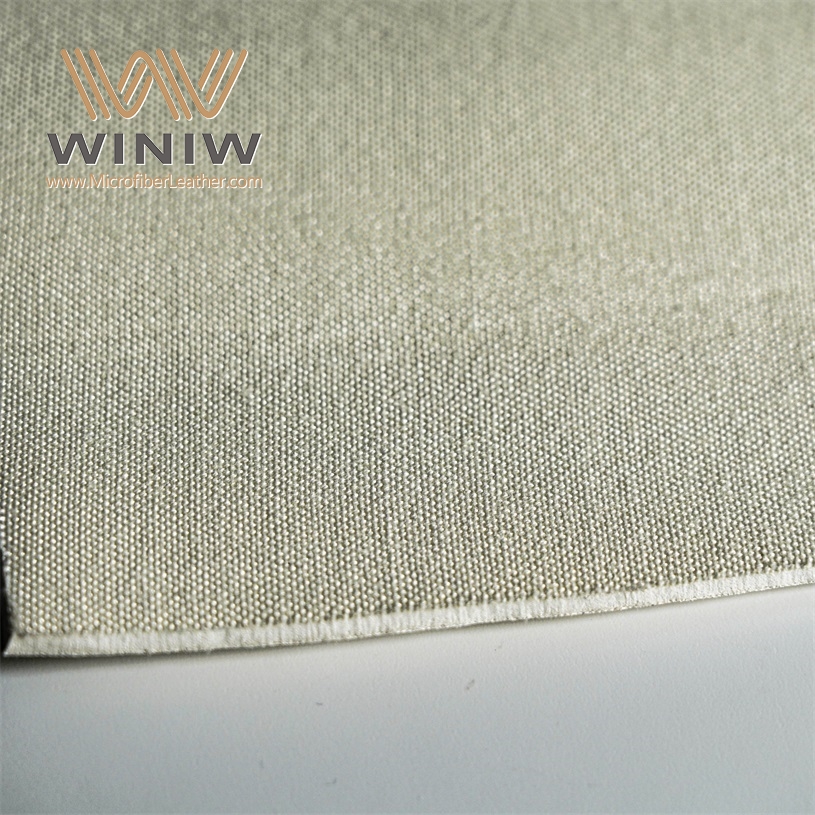
Football synthetic leather offers several features that directly impact your experience on the field:
Waterproofness: You can play in wet conditions without worrying about the ball absorbing water. The ball keeps its weight and shape, which helps you maintain control and accuracy.
Abrasion Resistance: The surface resists damage from turf, grass, and repeated kicks. This ensures your football lasts longer, even with frequent use.
Shear Strength: The material prevents layers from separating, so the ball stays intact during powerful shots and tackles.
Consistent Grip: You get a reliable grip, whether the ball is dry or slightly damp. This improves your handling and passing accuracy.
Customizable Thickness and Texture: Manufacturers adjust the thickness of synthetic leather between 0.8mm and 2.0mm to meet different performance needs. For example, a soccer ball may use a thinner, softer layer for speed, while a training ball might use a thicker layer for durability.
|
Feature |
Benefit to You |
|---|---|
|
Waterproofness |
Maintains weight and control |
|
Abrasion Resistance |
Extends ball lifespan |
|
Shear Strength |
Prevents damage |
|
Consistent Grip |
Improves handling |
|
Customizable Thickness |
Matches performance needs |
You will notice that football synthetic leather combines these features to deliver a high-performing, long-lasting football. The structure of synthetic leather, including its fray-resistant edges and layered design, ensures the ball remains reliable through every kick, pass, and tackle.
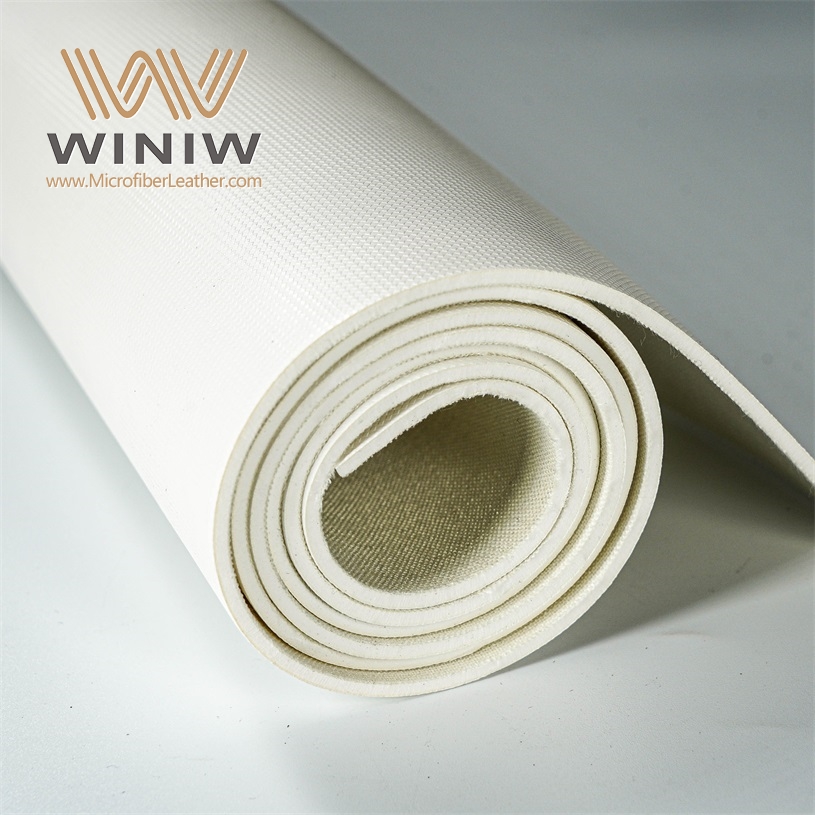
You find that manufacturers select specific materials to create the outer layer of a football. The most common choices include thermoplastic polyurethane (TPU) and polyurethane (PU). Each material brings unique properties that enhance the performance of the ball. TPU offers flexibility, strength, and abrasion resistance, which gives you a smooth surface for consistent ball flight. PU delivers a soft touch and a high-quality finish, allowing you to experience different performance characteristics based on your needs.
|
Material Type |
Description |
|---|---|
|
TPU (Thermoplastic Polyurethane) |
Known for flexibility, strength, and abrasion resistance, providing a smooth surface for consistent ball flight. |
|
Polyurethane (PU) |
Offers a soft touch, high-quality finish, and customizable properties for different performance needs. |
You should also consider the environmental impact of these materials. The production process for synthetic materials releases harmful chemicals and greenhouse gases. These emissions threaten global climate stability and can harm living organisms. Leather production also contributes to deforestation and pollution, while plastics like PVC and microfibers do not biodegrade easily, leading to long-term landfill and pollution issues.
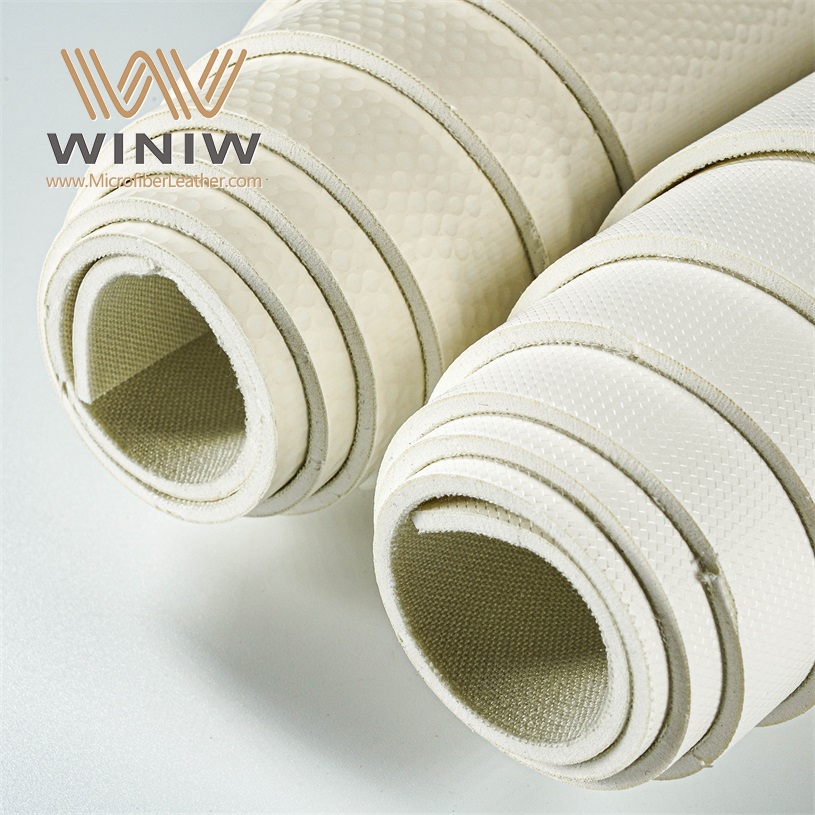
You see that the manufacturing process for synthetic leather in footballs involves several precise steps. First, manufacturers blend the chosen polymers with additives to improve durability and resistance to UV rays. Next, they apply the mixture onto a fabric backing, often using advanced coating or lamination techniques. This process creates a layered structure that resists fraying and maintains shape under stress.
Modern manufacturing techniques allow you to benefit from footballs that offer consistent quality and performance. You notice that these methods provide:
|
Property |
Benefit |
|---|---|
|
Wear Resistance |
Withstands wear and tear |
|
Water Resistance |
Maintains integrity in challenging conditions |
|
Consistent Quality |
Ensures reliable performance across batches |
|
Lightweight Nature |
Comfortable for players and easy to handle |
|
Easy to Clean |
Preserves appearance and reduces maintenance |
Manufacturers control the texture, thickness, and finish of synthetic leather with precision.
You experience a similar feel and predictable ball movement with every football, which supports skill development.
Consistent surface texture helps you maintain control and accuracy during play.
Tip: When you choose a football made with advanced synthetic leather, you gain a product designed for durability, comfort, and reliable performance, regardless of the playing conditions.
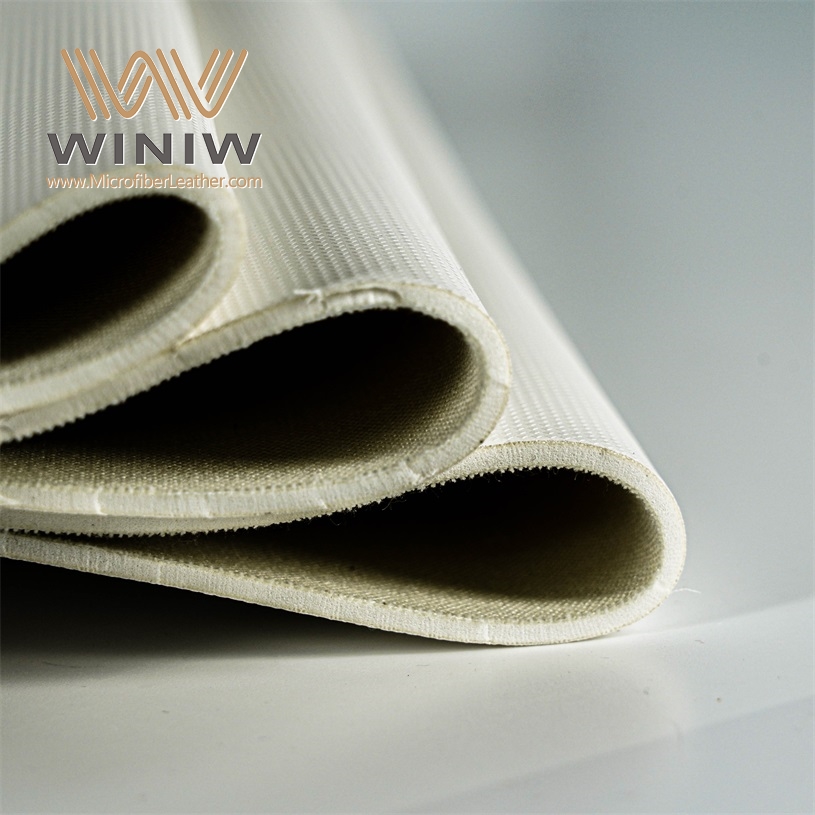
You expect your football to last through tough matches and frequent practice. Synthetic leather delivers on this expectation by offering impressive durability and longevity. The material resists wear and tear, so you do not need to worry about the ball losing its shape or performance over time. You benefit from a football that maintains its weight and structure, even after repeated use in different weather conditions.
Synthetic leather footballs do not absorb water, which helps them maintain their weight and shape, making them more durable in various weather conditions.
They are preferred for practice and games because they last longer and require less maintenance compared to pure leather footballs.
The special coatings on synthetic leather prevent water absorption, ensuring consistent grip and performance even in wet conditions.
You also find that synthetic leather footballs are easier to clean and do not require special treatments like balms or conditioners. This means you spend less time on maintenance and more time playing. The benefits of synthetic leather include a longer lifespan and less hassle, making it a smart choice for both casual and competitive players.
When you play in wet conditions, you need a football that stays light and easy to handle. Synthetic leather excels in water resistance. Laboratory tests show that synthetic leather absorbs far less water than genuine leather. During testing, researchers exposed both types of footballs to controlled amounts of water and measured how much each absorbed. Synthetic materials maintained their performance, while leather absorbed more water, which affected grip and handling.
|
Material |
Pros and Cons |
|
|---|---|---|
|
Synthetic Leather |
Less grip, can become slick |
Affordable, weather-resistant, easy to clean |
|
Composite Leather |
Good grip, better than synthetic |
Good grip, durable, affordable alternative to leather |
|
Genuine Leather |
Best grip, treated for wet conditions |
Premium grip, excellent durability, requires maintenance |
You notice that synthetic leather footballs remain lighter and easier to maintain in wet weather. The surface does not soak up moisture, so you get a more predictable feel and consistent play. This water resistance, combined with easy cleaning, highlights the benefits of synthetic leather for players who want reliable performance in all conditions.
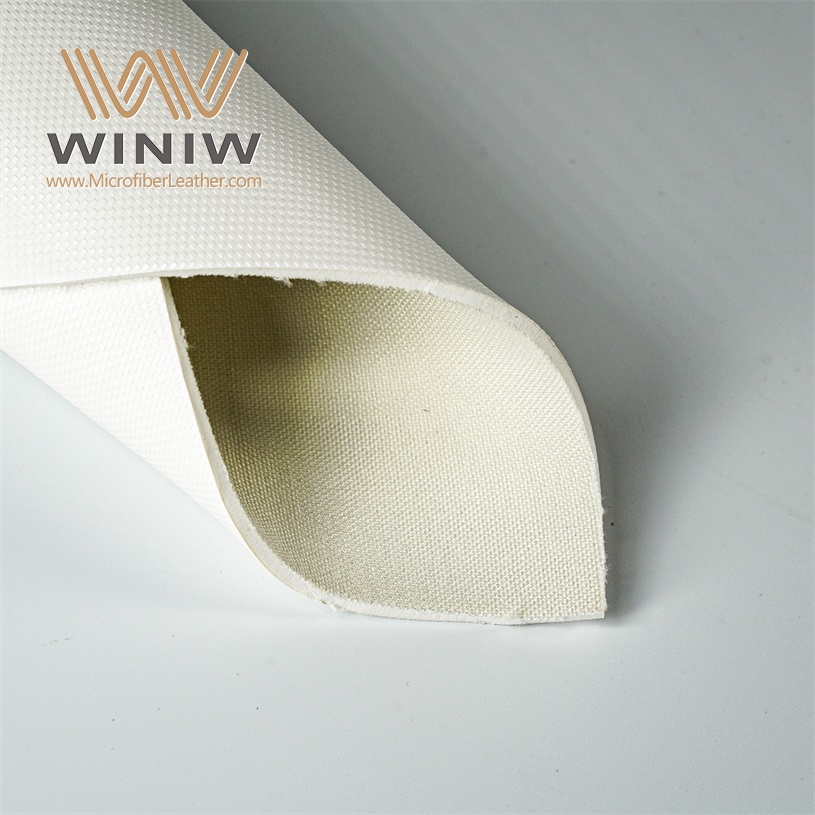
When you compare synthetic leather to genuine leather, you notice clear differences in feel, maintenance, and performance. Synthetic leather gives you a uniform surface with a consistent grain and color. Genuine leather, on the other hand, often shows natural imperfections. You will find that synthetic leather resists water and abrasion, making it easier to clean and maintain. Genuine leather feels more breathable but absorbs moisture, which can affect your football during wet games.
|
Feature |
Genuine Leather |
PU Synthetic Leather |
|---|---|---|
|
Raw Materials |
Limited by animal resources |
Mass-produced, more environmentally friendly |
|
Appearance |
Natural imperfections |
Clear grain, uniform color |
|
Performance |
Breathable, sensitive to water/stains |
Abrasion-resistant, water-resistant, easy to clean |
You need to spend more time caring for genuine leather. Regular maintenance prevents drying, cracking, and moisture damage. Synthetic leather requires less upkeep and stands up better to environmental factors. If you leave a genuine leather football wet, it can absorb water and lose its shape. Synthetic leather keeps its structure and performance, even after heavy use.
Note: Most modern footballs use synthetic leather because it offers better durability, lower maintenance, and reliable performance in all weather conditions.
You have several alternative synthetic materials to choose from when selecting a football. Each material brings unique benefits and trade-offs:
PVC (Polyvinyl Chloride): This material is durable and waterproof, but it feels less responsive during play.
TPU (Thermoplastic Polyurethane): You get better control and flight patterns with TPU. It is also more environmentally friendly than PVC.
PU (Polyurethane): Professional players prefer PU for its high-end feel and excellent performance.
Here is a quick comparison of cost and performance:
|
Material |
Cost Comparison |
Performance Characteristics |
|---|---|---|
|
PU Synthetic Leather |
Slightly more expensive than PVC |
Excellent wear resistance, comfortable feel, weather resistant, suitable for high-performance applications |
|
PVC Artificial Leather |
Low-priced |
Lacks durability and performance characteristics of PU |
You see that synthetic leather, especially PU, remains the top choice for high-quality footballs. It balances cost, durability, and playability, making it ideal for both casual and professional use.
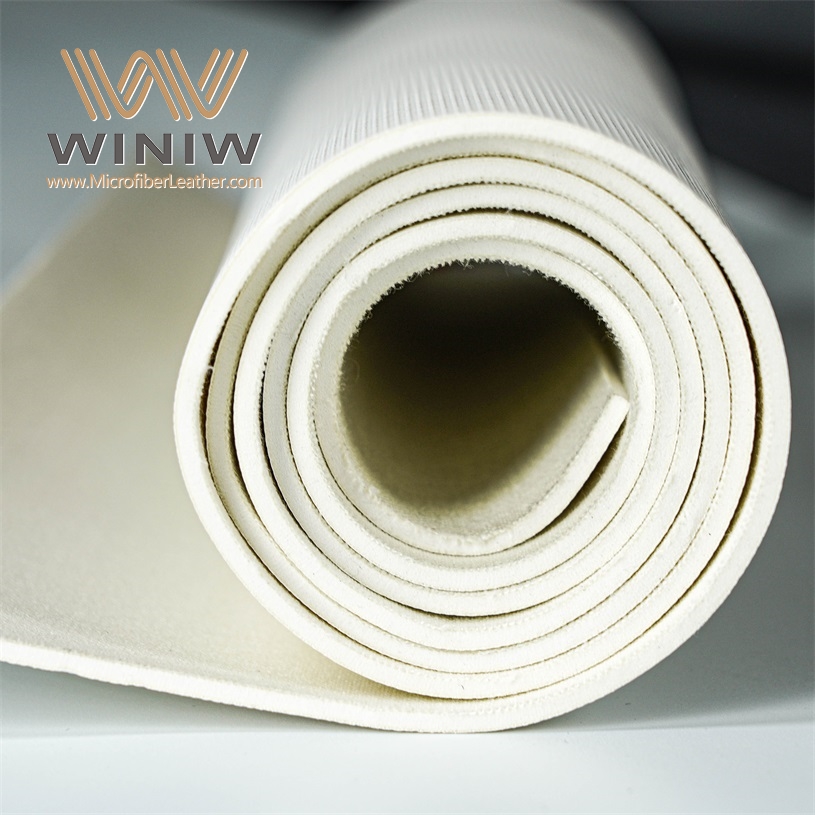
You rely on synthetic leather for footballs because it delivers consistent quality and performance. Manufacturers use this material to meet strict standards for professional play, as shown in international regulations:
|
Material Type |
Description |
|---|---|
|
Synthetic Leather |
Used in modern footballs to reduce water absorption and improve performance. |
|
Other Materials |
Includes polyurethane and PVC, which may also be used in the construction of footballs. |
|
Regulation Reference |
Law 4 of the Laws of the Game specifies the materials allowed for official match balls. |
Synthetic leather stands out for several reasons:
Lighter weight, making it easier to handle
Enhanced grip for younger athletes
Suitable for all-weather conditions
Easier to maintain and clean
You benefit from footballs that last longer and perform reliably, regardless of weather or playing level. While some coaches still prefer traditional leather, synthetic leather remains the preferred choice for most modern footballs due to its practical advantages.
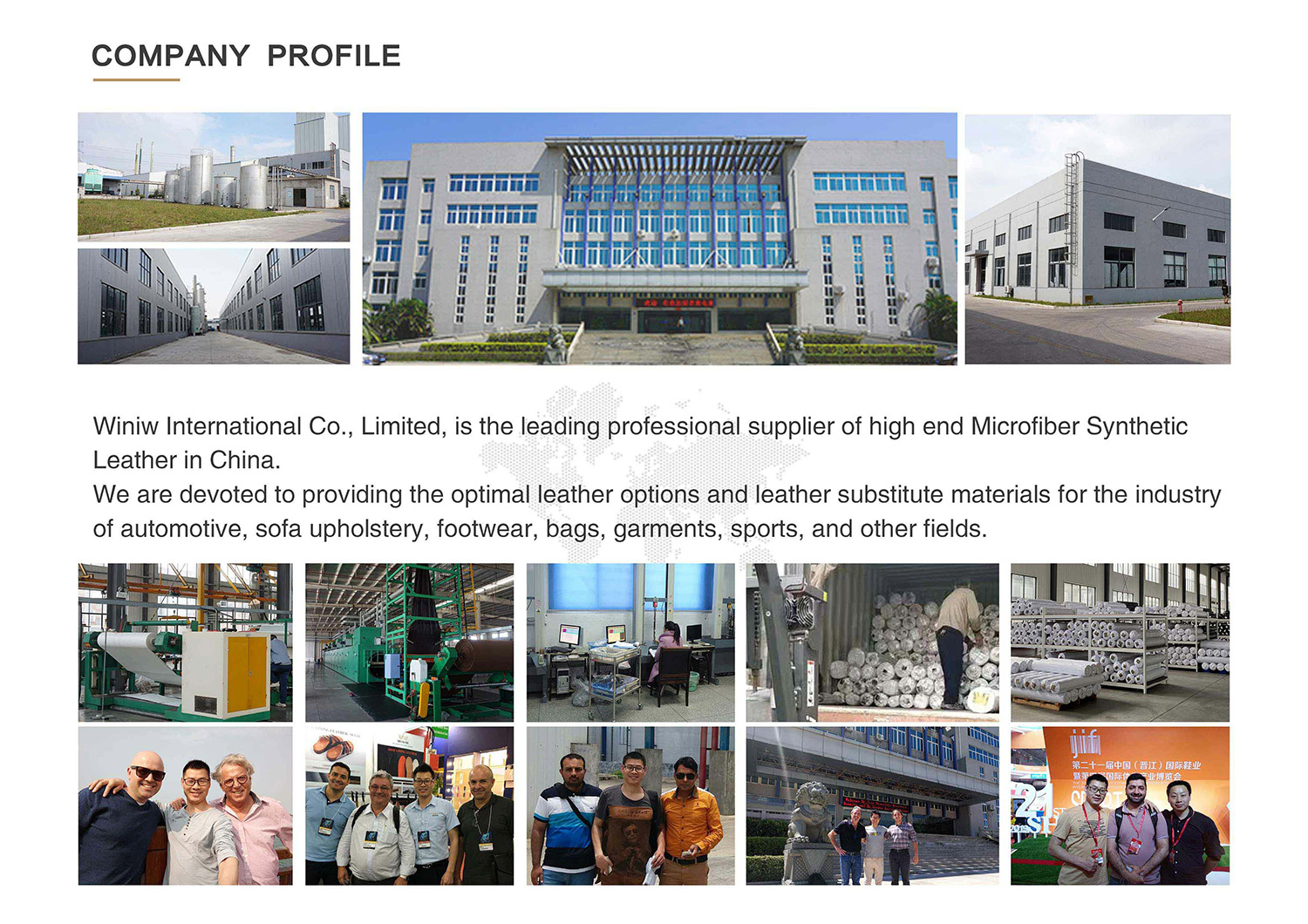
You find that football synthetic leather uses materials like polyurethane or thermoplastic polyurethane. Manufacturers select these polymers for their durability and ability to mimic real leather. This choice ensures your football performs well in all weather conditions.
You benefit from synthetic leather because it resists water, lasts longer, and requires less maintenance. Real leather absorbs moisture and loses shape. The benefits of synthetic leather make it the preferred material for modern soccer balls.
You experience better grip and control with synthetic leather. The surface texture helps you handle the football more easily, even in wet conditions. This feature supports consistent performance during both practice and matches.
You enjoy several benefits of synthetic leather, including water resistance, durability, and easy cleaning. These features help your football maintain its shape and performance, making it suitable for all levels of play.

Scan to wechat:
